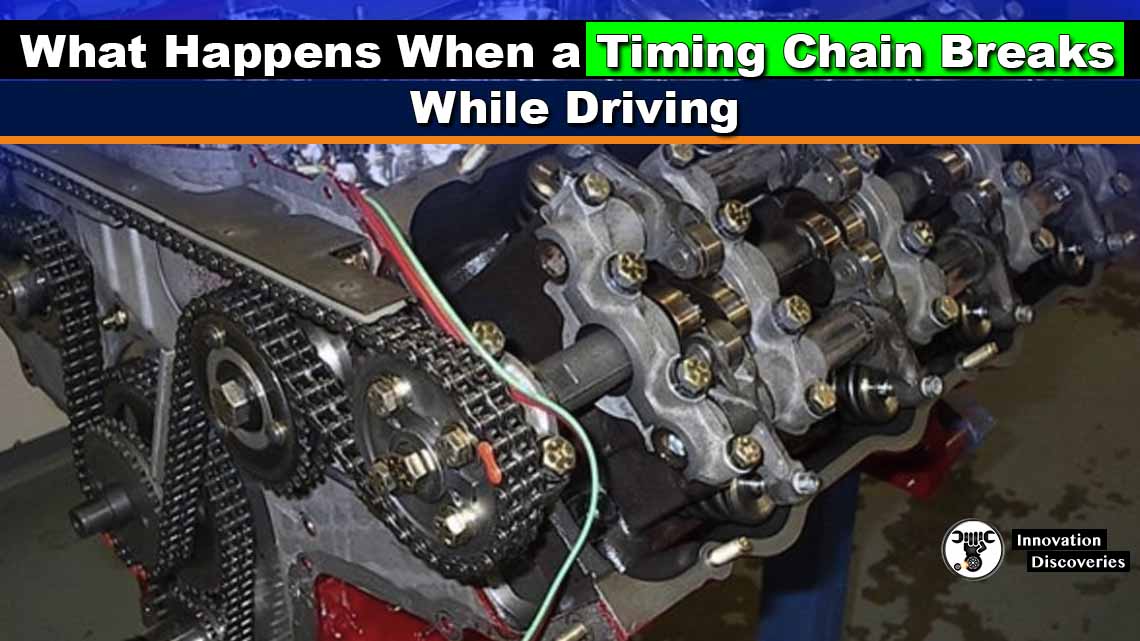
Introduction:
A vehicle’s timing chain plays a critical role in synchronizing the engine’s rotating components, ensuring smooth operation and optimal performance. However, when a timing chain breaks while driving, it can have severe consequences for the engine and potentially lead to significant damage.
In this article, we will explore what typically happens when a timing chain fails on the road and the implications it can have for your vehicle.
Also, read – Timing Belt vs Timing Chain
Loss of Engine Power:
The timing chain’s primary function is to maintain synchronization between the crankshaft and the camshaft. When the chain breaks, the camshaft ceases to rotate, causing the valves to remain in their last position. This loss of synchronization leads to a substantial reduction in engine power.
You may experience a significant decrease in acceleration capabilities and overall performance, making it difficult to continue driving normally.
Engine Stalling:
In some instances, a broken timing chain can result in the valves getting stuck in an open position. This interferes with the movement of the pistons, potentially causing them to collide with the valves.
The collision can lead to engine stalling or even a sudden stoppage, leaving you stranded on the road. Restarting the engine after such an event can be challenging or impossible.
Internal Engine Damage:
The lack of synchronization between the crankshaft and the camshaft can have detrimental effects on internal engine components. As the valves and pistons are no longer operating harmoniously, they may collide with each other, resulting in bent valves, damaged cylinder heads, or even piston and cylinder wall damage.
The severity of the damage largely depends on the engine’s design and whether it is an interference or non-interference engine.
Difficulty in Restarting:
After a timing chain failure, restarting the engine may be a daunting task. The broken chain throws the engine’s timing completely out of sync, preventing it from starting or causing it to run very poorly if it does start. In either case, professional intervention and repair are necessary.
Towing or Repair:
When a timing chain breaks while driving, it is crucial to have the vehicle towed to a repair facility. Repairing a timing chain typically involves disassembling a significant portion of the engine to access and replace the broken chain.
Additionally, the extent of the damage caused by the chain failure may require further repairs, such as fixing bent valves or damaged pistons. It is essential to consult with a qualified mechanic to assess the full scope of the problem and address it promptly.
Conclusion:
Experiencing a timing chain failure while driving can have severe consequences for your vehicle’s engine. From loss of engine power and potential stalling to internal damage and difficulty restarting, the effects can be significant.
It is crucial to recognize the signs of a failing timing chain, such as unusual engine noise, vibrations, or difficulty starting the engine, and address the issue before it escalates.
Regular maintenance and timely inspections can help prevent catastrophic timing chain failures, ensuring the longevity and reliability of your vehicle’s engine.
Discover More:
Visit Forum
Visit Our Friendly Website


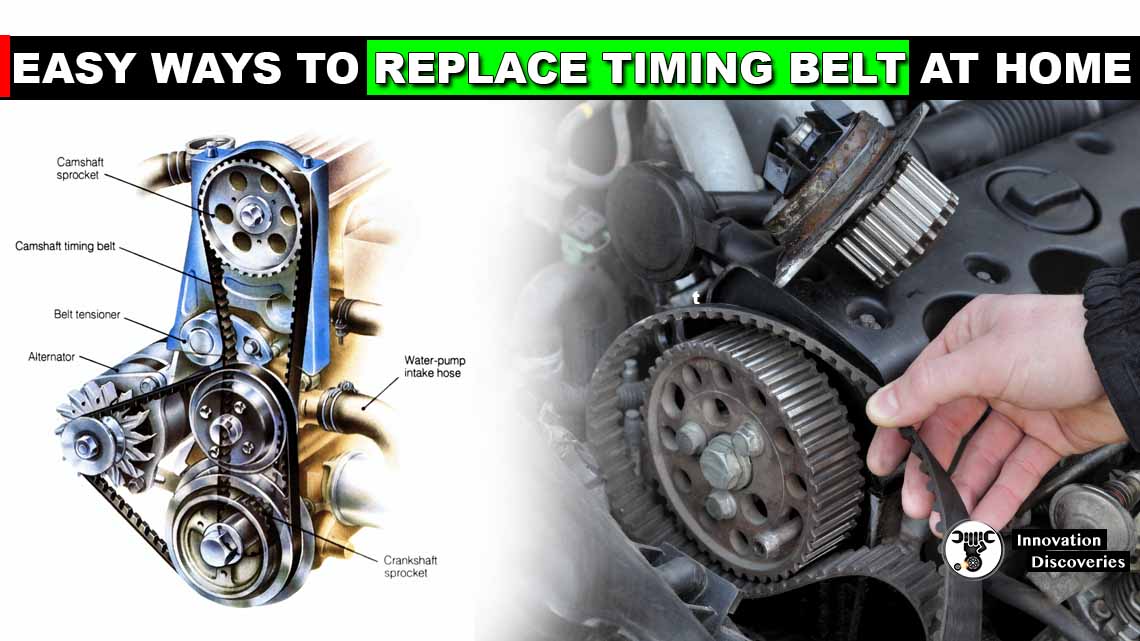
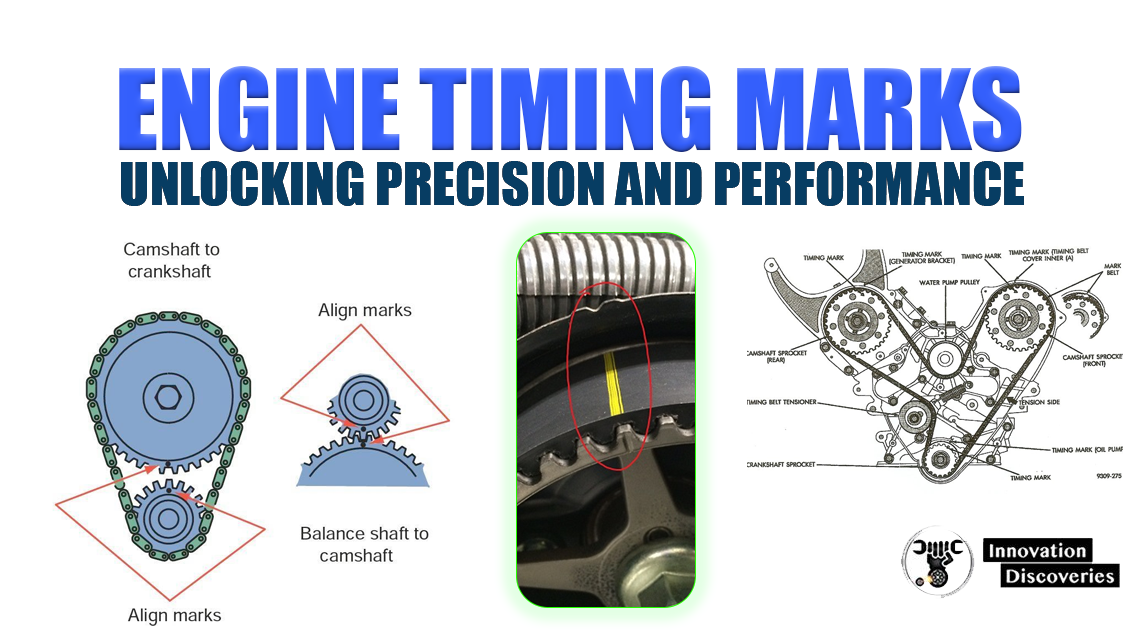

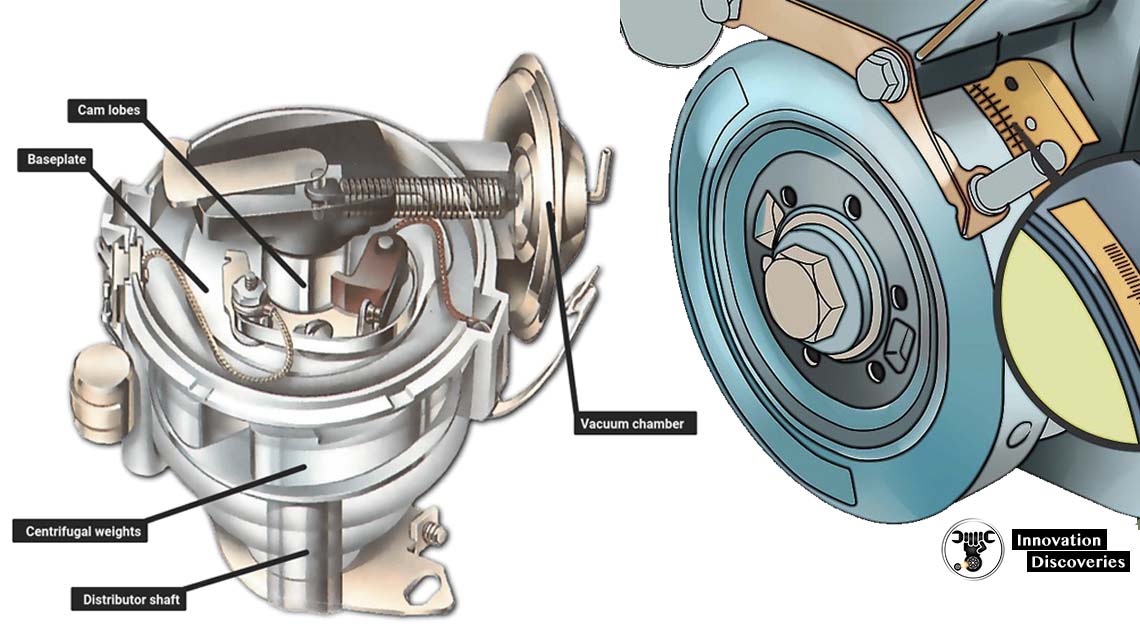
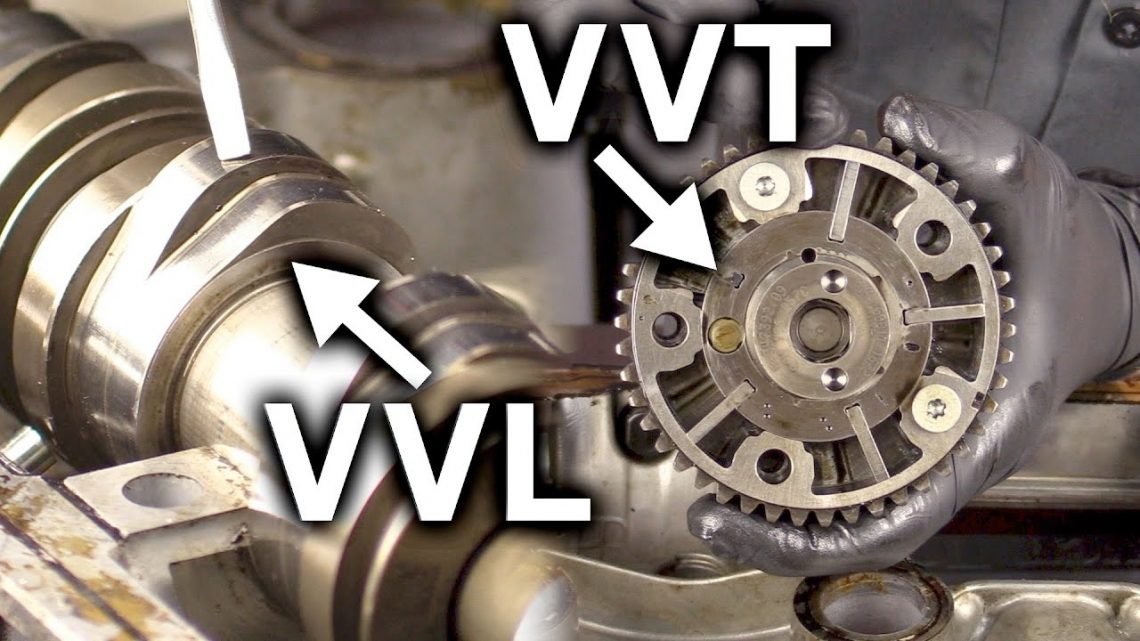
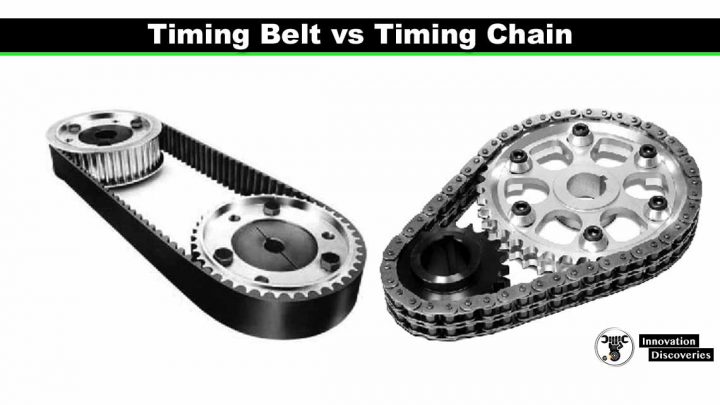
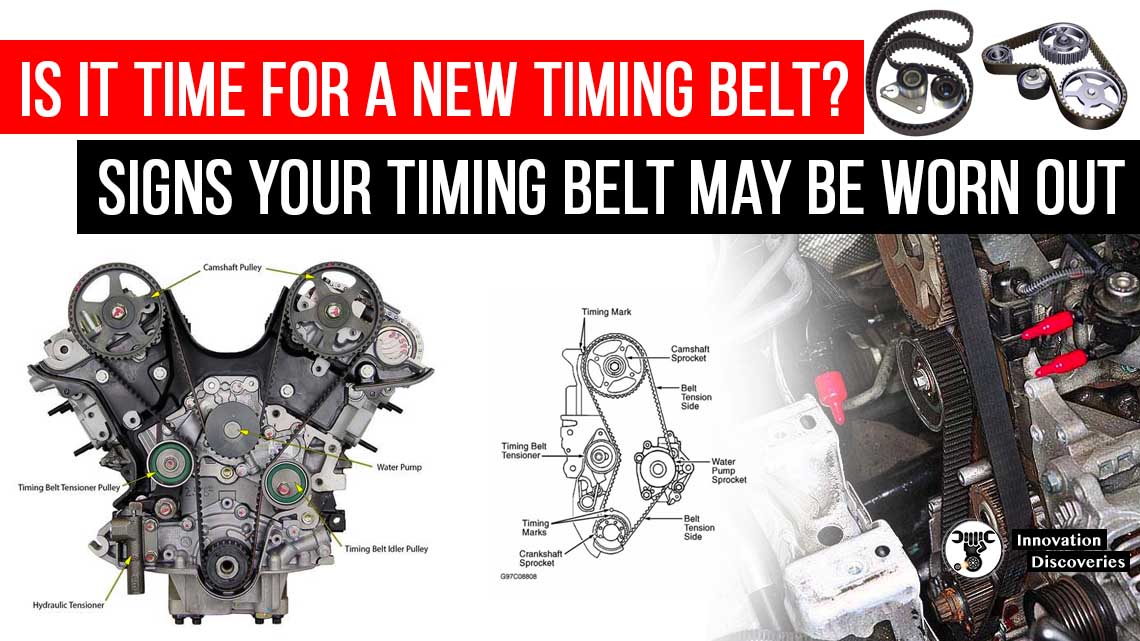
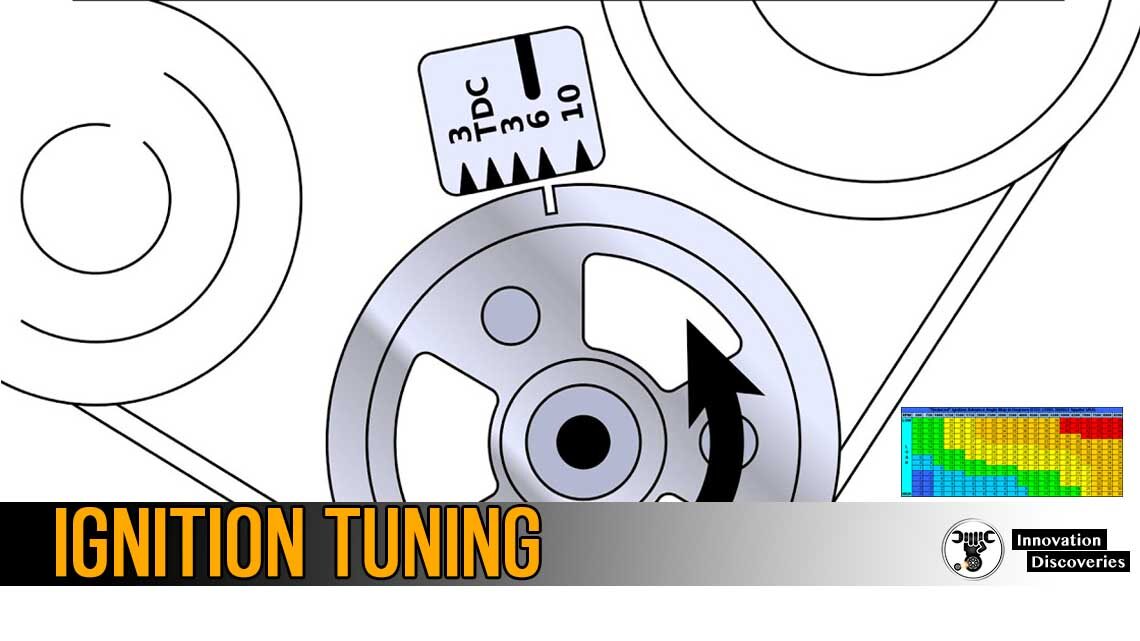
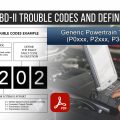
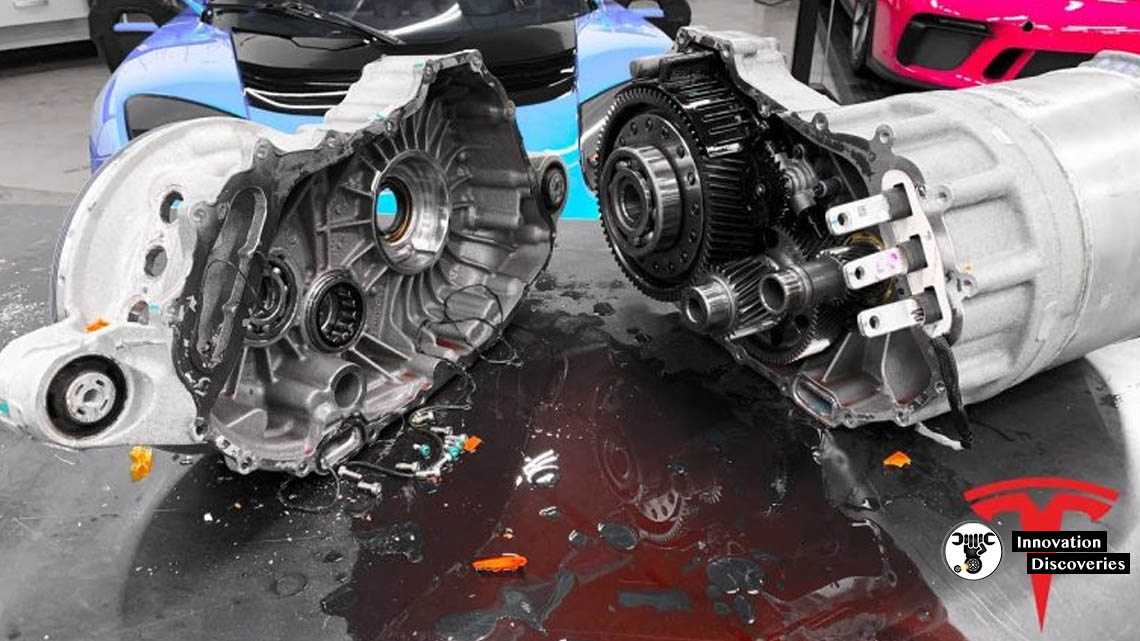
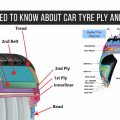
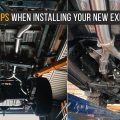
Is really a good site to be it has been useful to me